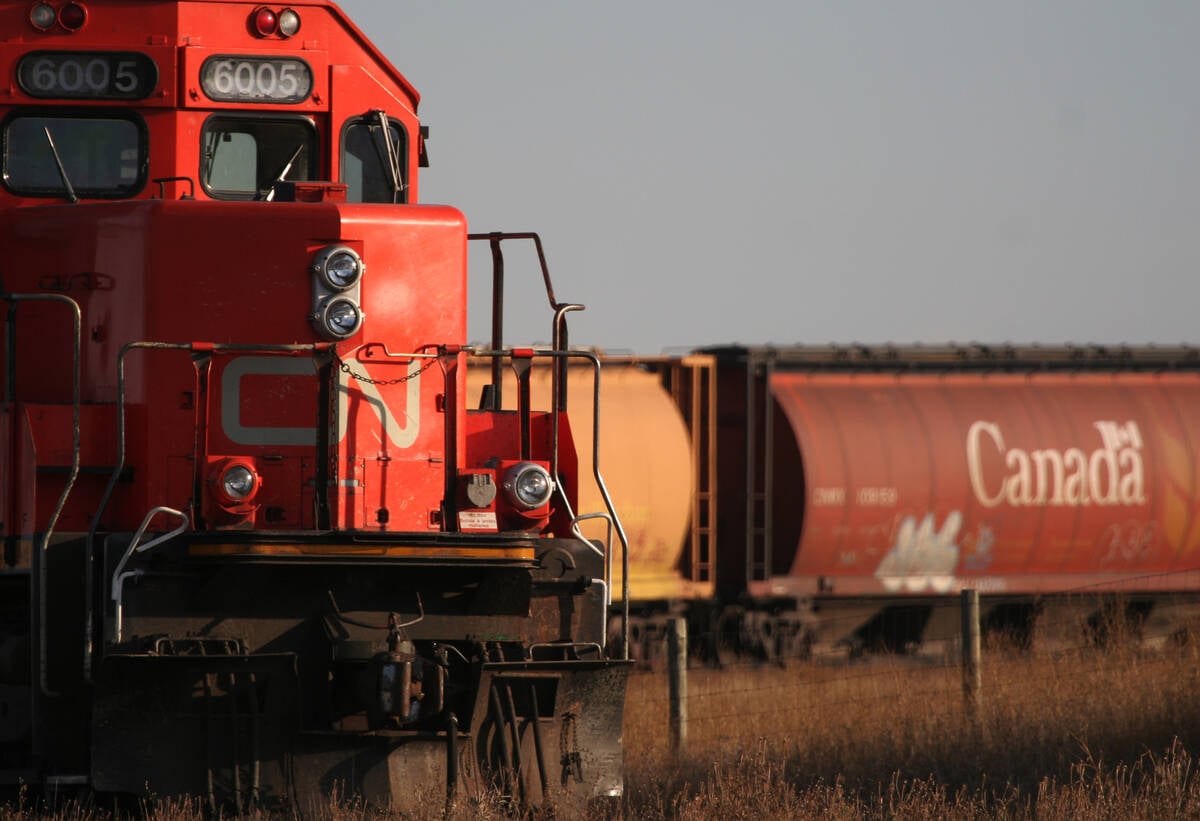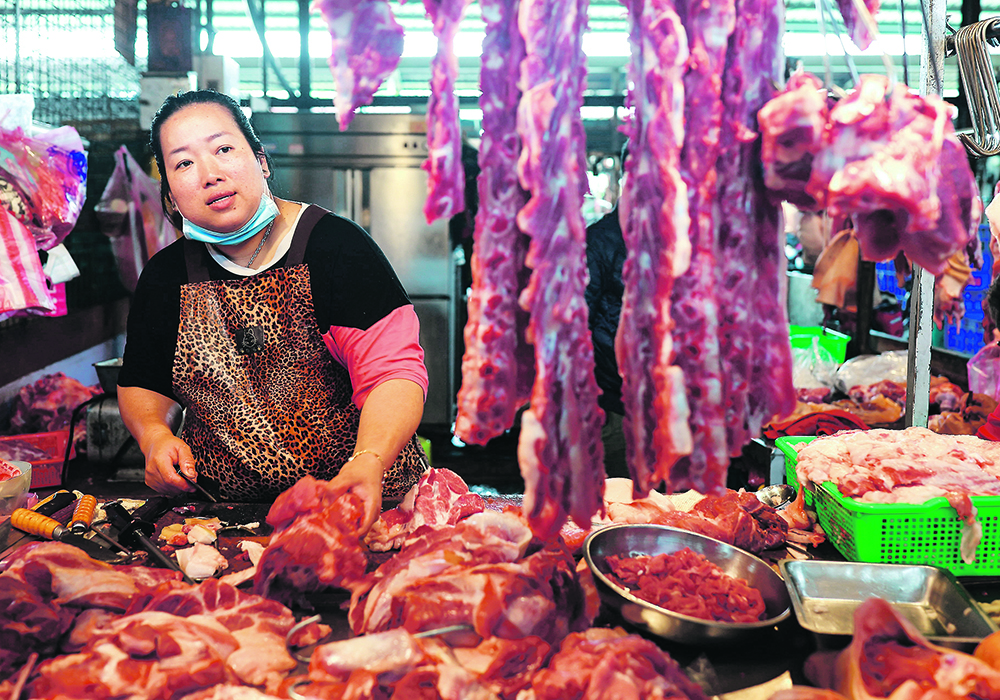Canada’s pork exports to its number one market are down, contributing to lower overall numbers in the second quarter of this year.
Livestock analyst Kevin Grier told a recent third quarter outlook presentation that China replaced the United States as Canada’s main customer a few years ago and that comes with challenges.
“Our exports to China are way, way down and it’s not just because most of our industry has been banned from China,” he said. “The poor markets in China is the main reason.”
Read Also

Working groups established to address challenges in the containerized and bulk movement of commodities
CN is working with the pulse and special crops sector on resolving challenges in shipping those commodities.
Pork sales to The Philippines, southeast Asia and Mexico are way up, he said.
Volatility is expected in the Chinese market, and when it’s a main market it can have greater effect.
“When the going’s good, it’s good, when it’s bad, it’s bad,” Grier said. “Not a lot of stability there.”
In the second quarter, Canadian hog slaughter was down year over year. The strike at Olymel Valley Junction is one reason for that, along with lingering COVID-19 issues in packing plants and strong shipments south.
“I don’t see an end to it,” Grier said of the strike. “There’s talks going on, of course.”
He said slaughter could still be down four percent in the third quarter. Packers have neglected the domestic market in the rush to export and will still be short through the third quarter.
“On a weekly basis, producer margins are exceptional,” Grier said, adding that packers are struggling even though the pork cut-out price is high.
Buyers are challenged by the lack of domestic availability and Grier said pork, although competitive relative to chicken and beef, hasn’t been merchandised well.
“I don’t think grocers are very pleased with the overall performance of the meat case,” he said.
In the U.S., pork demand has been strong but the pork complex has turned lower, said Rob Murphy, executive vice-president at J.S. Ferraro.
Like beef, pork saw an impressive rally from $79 per hundredweight up to $135 per cwt. by the middle of June.
In July, the general direction is lower, Murphy said, although still supported by extremely tight supply.
“It’s the middle of July. Pork is supposed to be tight at this time of year,” he said.
The largest single-day decline ever recorded came in June with a price drop from $120 to $107 per cwt. Murphy said that was precipitated by cheap bellies; buyers backed away and allowed the cutout to fall.
However, packers couldn’t stay out of the market forever and with tight supply, prices rose again. He expects a cut-out value of $100 per cwt. by Labour Day.
Cash hog prices typically mirror cut-out values, Murphy said.
U.S. pork packers were seeing margins of about $25 per head in early June but the cutout collapse pushed them $15 negative in a couple weeks. Packers panicked, went into margin management mode by eliminating Saturday kills and scaling back daily kills to bring the margin back above zero and to about $12 in late July. As supplies increase through the fall, strong margins should be the norm, he said.
Similar to the bottleneck beef packers saw in spring, pork packers could face that problem this fall due to labour shortages.
“You could see packer margins balloon out again,” Murphy suggested. “We could have $60, $70 a head margins and very low hog prices with higher than expected cut-out prices if we develop a bottleneck.”
Hog slaughter levels in the U.S. were higher than 2019 through the first part of this year and are now on par. Murphy said tracking close to 2019 levels would put slaughter at 2.5 million head per week by Labour Day and peak at 2.75 million per week in November.
Meanwhile producer profitability has been phenomenal, he said.
Cash hog prices have soared and producers could be convinced to expand.
Carcass weights are light and look good, Murphy said.
He estimated production for the third quarter will be down 3.1 percent from last year’s elevated levels.
Murphy added that cold storage is a factor in current pricing.
In May 2020, when prices soared, stocks were pulled from cold storage and have not been rebuilt. He said keeping cold stocks acts like a shock absorber, keeping prices from getting too high or too low.
“Since stocks are so low there’s a great opportunity to add to cold storage this fall. If price levels pull back, there’s got to be a lot of users out there that wish they had bigger stocks than what exists now,” he said.
He also pointed to China as a factor in what happens as the quarter progresses.
















